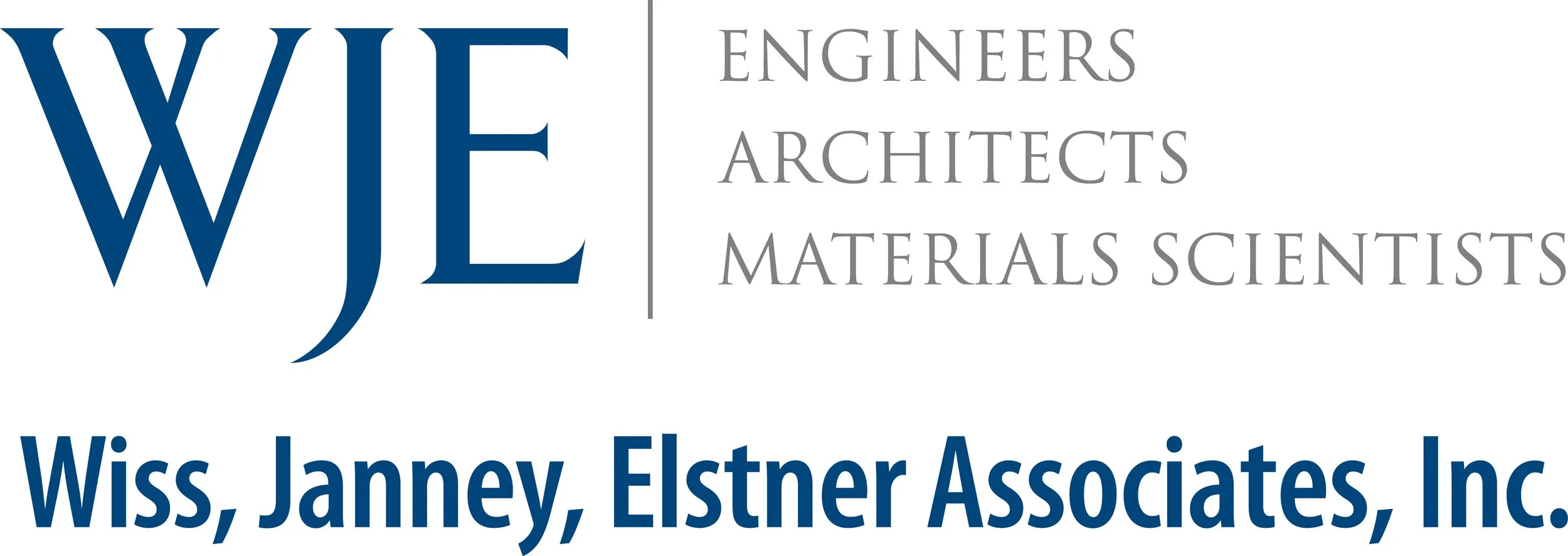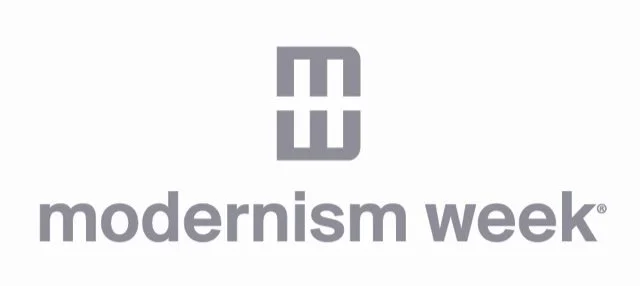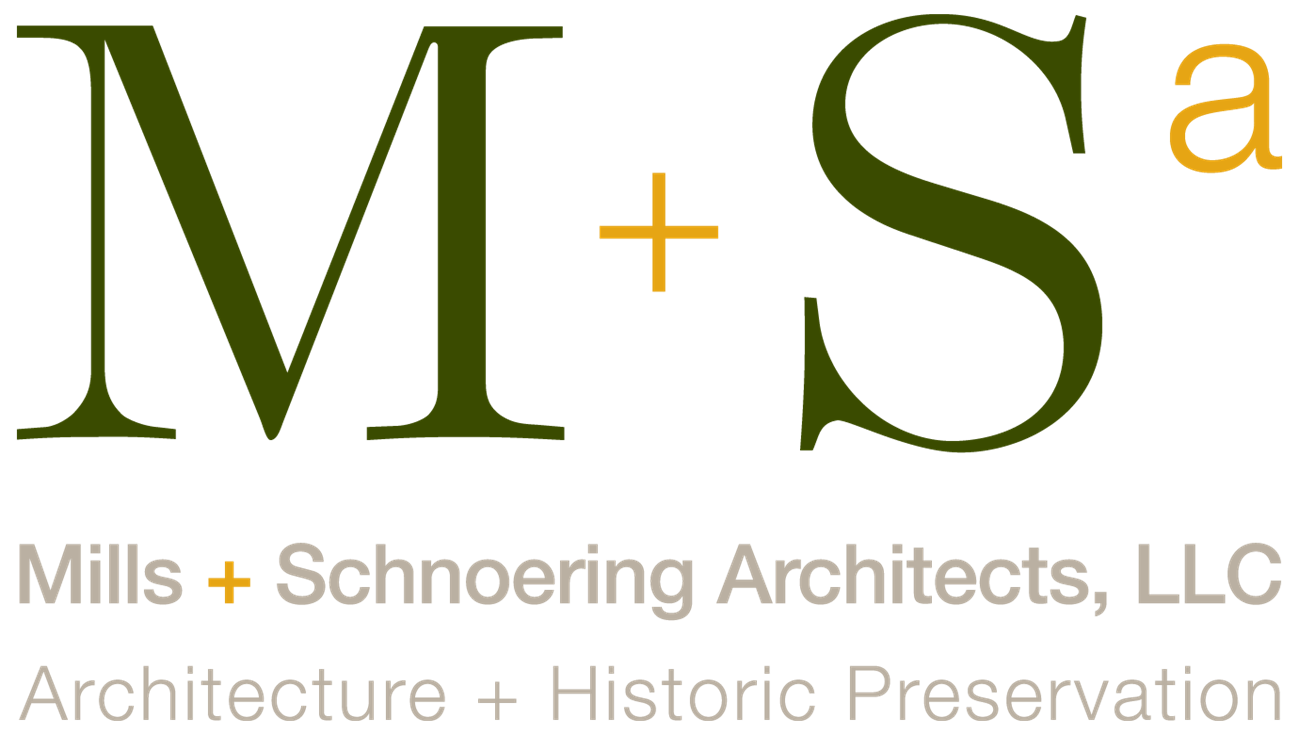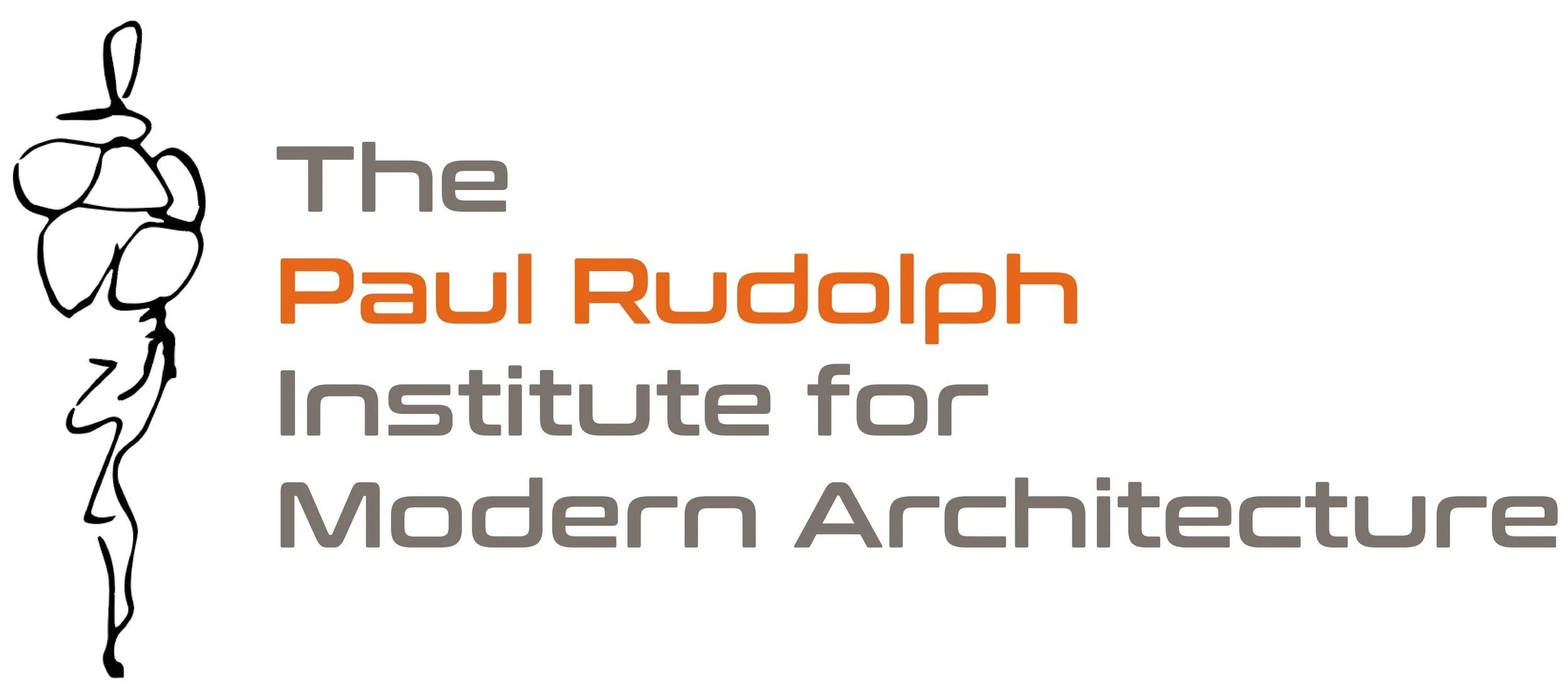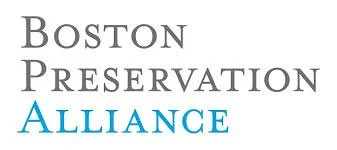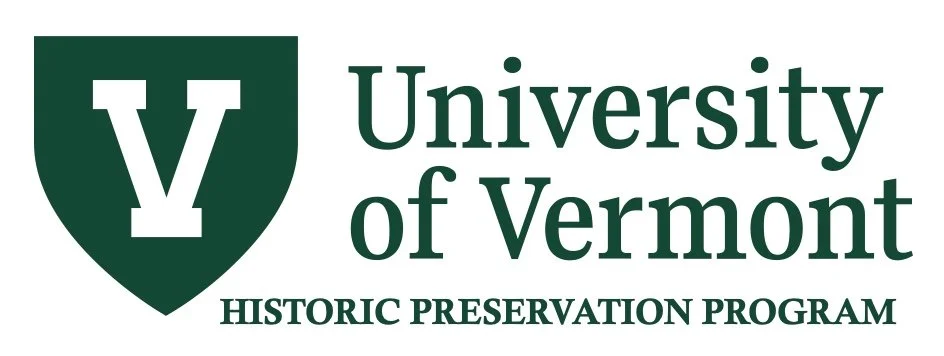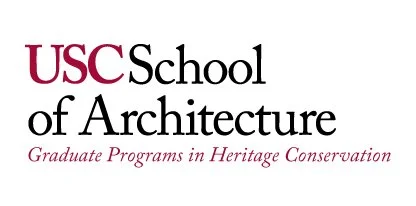
Celebrating the thirtieth anniversary of the groundbreaking Preserving the Recent Past conference series, PRP4 provided a new forum to share the latest strategies for identifying, protecting, and conserving significant structures and sites from the recent past.

Program
Co-organized by Historic Preservation Education Foundation and the Boston Architectural College, the conference program included three tracks of presentations on advocacy challenges and preservation strategies, history and context and technical conservation issues and solutions for post-World War II resources, which took place on Thursday, March 20 and Friday, March 21, 2025.
The National Park Service’s Heritage Documentation Programs (HABS/HAER/HALS) and the Historic Preservation Education Foundation hosted a “Documenting the Recent Past” workshop on Wednesday, March 19, 2025 using the BAC’s 1966 Brutalist building as a case study.
Docomomo US and Docomomo US/New England organized full and half day tours to visit preservation projects and recent past sites throughout the area throughout the week of the conference.
Building on a legacy
In concurrent presentation sessions, plenary talks, workshops and tours, Preserving the Recent Past 4 will built upon the groundbreaking work of its prior conferences —Preserving the Recent Past (1995, Chicago), Preserving the Recent Past 2 (2000, Philadelphia), Preserve and Play (2005, Chicago) and Preserving the Recent Past 3 (2019, Los Angeles)—to address key issues in the preservation of modern historic resources. Much has changed in the thirty years since this conference series began. A variety of resources have reached fifty years of age; innovation continues in the treatment of postwar materials and assemblies; and new survey techniques for suburban and urban landscapes have emerged. Buildings and sites from this period reflect the dynamism, creativity, and tensions of the society that created them. They tell stories—of mass suburbanization and urban disinvestment and reinvestment, of multiple and successive modern styles, innovative products, and new social and activist movements.
Location
Preserving the Recent Past 4 will be held at The Boston Architectural College in the Back Bay neighborhood. Boston is an ideal setting for this fourth installment, serving as the home to a compelling concentration of modern and postmodern buildings. The city presents a unique opportunity to explore many facets of recent past preservation–from the challenging legacy of urban renewal to opportunities for sustainable reuse and beyond.

Topics
rehabilitation and reuse strategies for recent past buildings and sites
conservation issues, sustainability and solutions for post-World War II resources
techniques for surveying recent past neighborhoods and commercial districts
advocacy challenges and opportunities for the recent past
historic trends and themes related to recent past buildings, sites, and landscapes
significant postwar era sites of underserved communities
new digital approaches to documenting and interpreting recent past sites
Postmodernism, Brutalism, postwar period revivals, and questions of style
Image Credits:
The Boston Architectural College, photographed by George Zimberg, 320 Newbury Street, 1966. Credit: Archives of The Boston Architectural College.
Cascieri Hall, The Boston Architectural College, 320 Newbury Street, c. 2022. Credit: The Boston Architectural College.
Pamphlet for Preserving the Recent Past conference, 1995. Credit: Historic Preservation Education Foundation.
Aerial view of The Boston Architectural College, 320 Newbury Street, c. 2022. Credit: The Boston Architectural College.
Christian Science Center & Prudential Tower, Boston, photographed by Spencer Grant, 1980. Credit: Spencer Grant Collection, Boston Public Library.










